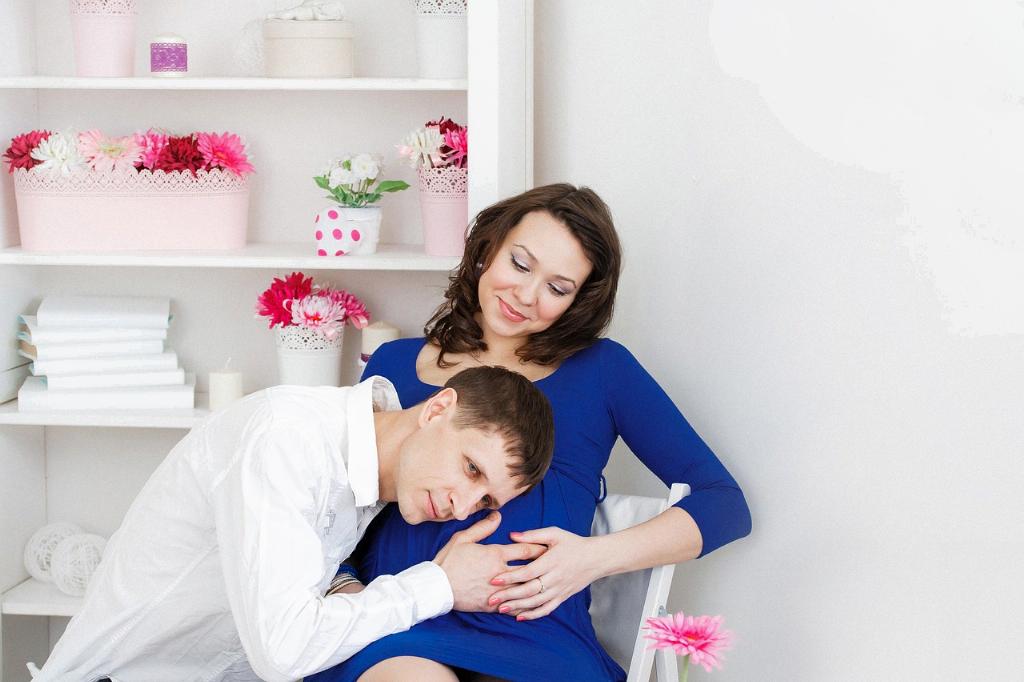Before delving into the question of whether the cervix grows back after a LEEP procedure, it’s essential to understand the significance of cervical health and the purpose of LEEP (loop electrosurgical excision procedure) in treating cervical abnormalities. The cervix is a crucial part of the female reproductive system, serving as the passage between the uterus and the vagina. Maintaining cervical health is vital for overall well-being and reproductive health.
What is LEEP?
LEEP, also known as LLETZ (large loop excision of the transformation zone), is a common procedure used to remove abnormal cervical cells that may indicate pre-cancerous or cancerous changes. During a LEEP procedure, a thin wire loop heated by electrical current is used to excise the abnormal tissue from the cervix, allowing for further examination and treatment.
The Recovery Process
After undergoing a LEEP procedure, individuals typically experience a recovery period lasting between four to six weeks. During this time, it is normal for the cervix to undergo a healing process. While the removed tissue does not regenerate, new healthy tissue gradually grows to replace the excised abnormal cells.
The Regrowth of Cervical Tissue
Yes, the cervix does grow back after a LEEP procedure. The body’s remarkable ability to heal and regenerate tissue allows for the growth of new healthy cells on the cervix following the removal of abnormal tissue during a LEEP procedure. This regrowth process is essential for restoring the cervix’s integrity and maintaining optimal cervical health.
Monitoring and Follow-Up Care
After undergoing a LEEP procedure, regular monitoring and follow-up care are crucial to assess the healing process and ensure that the cervix is regenerating healthy tissue. Follow-up appointments with healthcare providers are essential for monitoring cervical health and addressing any concerns or issues that may arise during the recovery period.
Potential Complications and Considerations
While the regrowth of cervical tissue after LEEP is a natural and expected process, it is essential to be aware of potential complications or issues that may arise during the recovery period. In some cases, individuals may experience minor discomfort, bleeding, or discharge, which are generally temporary and resolve as the cervix heals.
Importance of Post-Procedure Care
Following a LEEP procedure, it is crucial to adhere to post-procedure care instructions provided by healthcare providers. This may include avoiding strenuous physical activities, refraining from sexual intercourse, and using sanitary pads instead of tampons to minimize the risk of infection and support optimal healing of the cervix.
Emotional Support and Well-Being
It is important to recognize that undergoing a LEEP procedure can evoke various emotional responses and concerns. It is normal to feel anxious, worried, or overwhelmed about the process and potential outcomes. Seeking emotional support from loved ones, healthcare professionals, or support groups can help individuals navigate the emotional aspects of undergoing a LEEP procedure.
Overall Recovery and Healing
While the recovery period following a LEEP procedure may vary for each individual, the body’s innate ability to heal and regenerate tissue plays a significant role in the overall recovery and healing process. By following post-procedure care instructions and attending follow-up appointments, individuals can support the regrowth of healthy cervical tissue and promote optimal cervical health.
Conclusion
In conclusion, the cervix does grow back after a LEEP procedure through the regeneration of new healthy tissue. Understanding the recovery process, adhering to post-procedure care instructions, and seeking emotional support are essential components of navigating the journey of healing and maintaining cervical health after undergoing a LEEP procedure.

